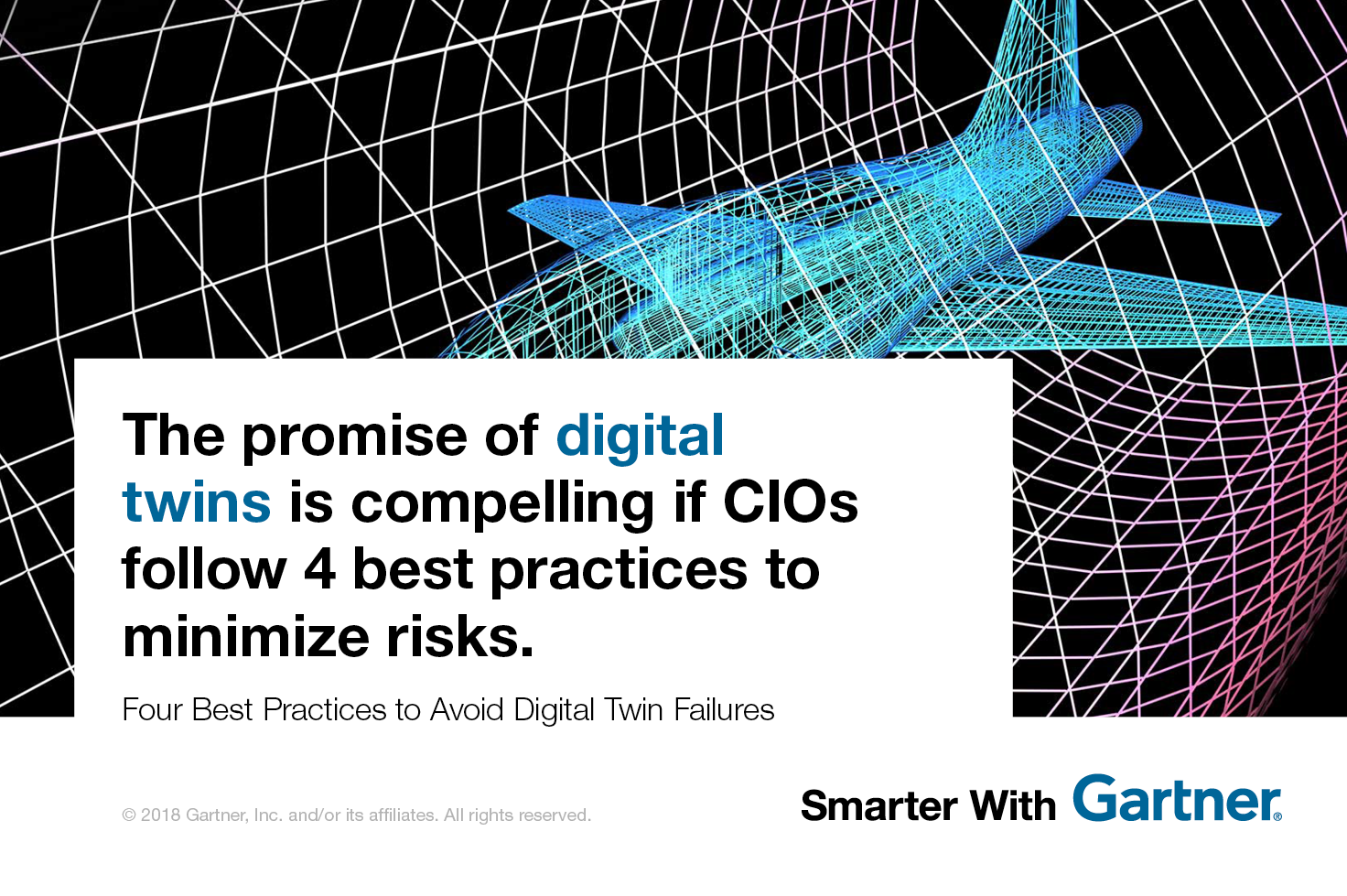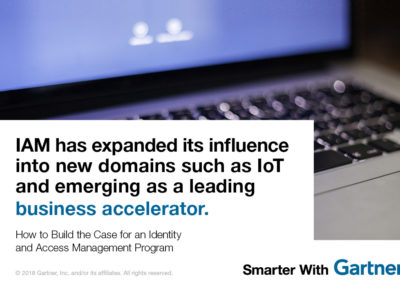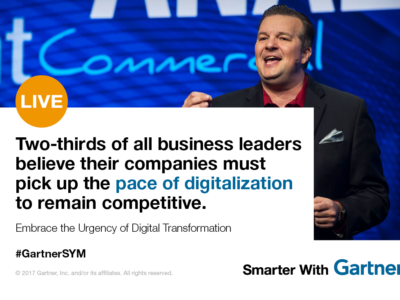Four best practices CIOs can adopt to minimize the risk of digital twin failures.
When a major defense supplier needed its engineers and designers to collaborate on common 3D geometric models, it encountered a significant challenge.
The company’s commitment to “history-based parametric” 3D modeling software meant that one designer changing the value of a single software parameter on a model created by someone else can make unexpected changes to the model she did not want. The result was that significant portions of the models might need to be destroyed and re-created.
“Digital twins have huge potential benefits, but creating and maintaining them can be both risky and difficult”
To tackle this, the CIO and engineering leadership team suggested setting up a 3D modeling governance group responsible for establishing standardized approaches to 3D modeling. These new standards would include best practices for minimizing the amount of model destruction and re-creation required to make engineers more productive—and for ensuring models are as flexible as possible for the purposes of editing and augmenting. The company created online documentation, tutorials and classes to enrich 3D modeling training with the company best practices.
This approach forms one of four pillars Gartner advocates for avoiding digital twin failure, namely to establish well-documented practices for constructing and modifying the models.
“Digital twins have huge potential benefits, but creating and maintaining them can be both risky and difficult,” says Marc Halpern, research vice president at Gartner. “CIOs can use best practices to minimize risks so that digital twins enhance the ability to deliver and maintain products, facilities and systems.”
Halpern shares three further digital twin challenges and associated best practices.
Ensure long access life cycles
Digital twins with long life cycles include buildings, aircraft, ships, factories, trucks and industrial machinery. The life cycles of these digital twins extend well beyond the life spans of the formats for proprietary design software that were likely used to create them and the means of storing data.
“This means that digital twins created in proprietary design software formats have a high risk of being unreadable at some point in their service life,” says Halper.
“ Increase the viable life of digital twins by setting a goal for IT architects and digital twin owners”
In addition, the digital twin evolves and accumulates growing historical data, such as geometric models, simulation data and Internet of Things (IoT) data. As a result, the digital twin owner may run the risk in becoming increasingly locked into the vendor with the authoring tools.
Best practice: Increase the viable life of digital twins by setting a goal for IT architects and digital twin owners to plan for the long-term evolution of data formats and data storage.
Include data from many sources
It is difficult, perhaps even impossible, to anticipate the nature of the simulation models, data types and data analysis of sensor data that might be necessary to support the design, introduction and service life of the digital twins’ physical counterparts. While 3D geometry is sufficient to communicate the digital twin visually and how parts fit together, the geometric model may not be able to perform simulations or analyze data if it is not enriched with additional information.
Best practice: Expand the utility of digital twins by recommending that IT architects and digital twin owners define an architecture that allows access and use of data from many different sources.
Involve the entire product value chain
Digital twins can help alleviate some key supply chain challenges such as a lack of cross-functional collaboration or a lack of visibility across the supply chain. Digital twin investments should be made value chain driven to enable product and asset stakeholders to govern and manage products, or assets like industrial machinery, facilities or buildings across their supply chain in much more structured and holistic ways.
Best practice: Enable the value chain to participate in digital twin efforts by involving the chief supply chain officer, procurement manager and chief technology officer.
Gartner clients can read more in the report “Four Best Practices to Avoid Digital Twin Failures,” by Marc Halpern et al.
Get Smarter
Top 10 Strategic Technology Trends for 2018
The intelligent digital mesh is a foundation for future digital business and its ecosystems. To create competitive advantage, enterprise…
Digital Business Architecture: From Strategy to Guiding Execution
New techniques have emerged to help CIOs and EA practitioners leverage business architecture to guide investment and execution decisions,…
Follow #GartnerCIO
Learn more at Gartner Global Summits and Gartner Symposium/ITxpo.










